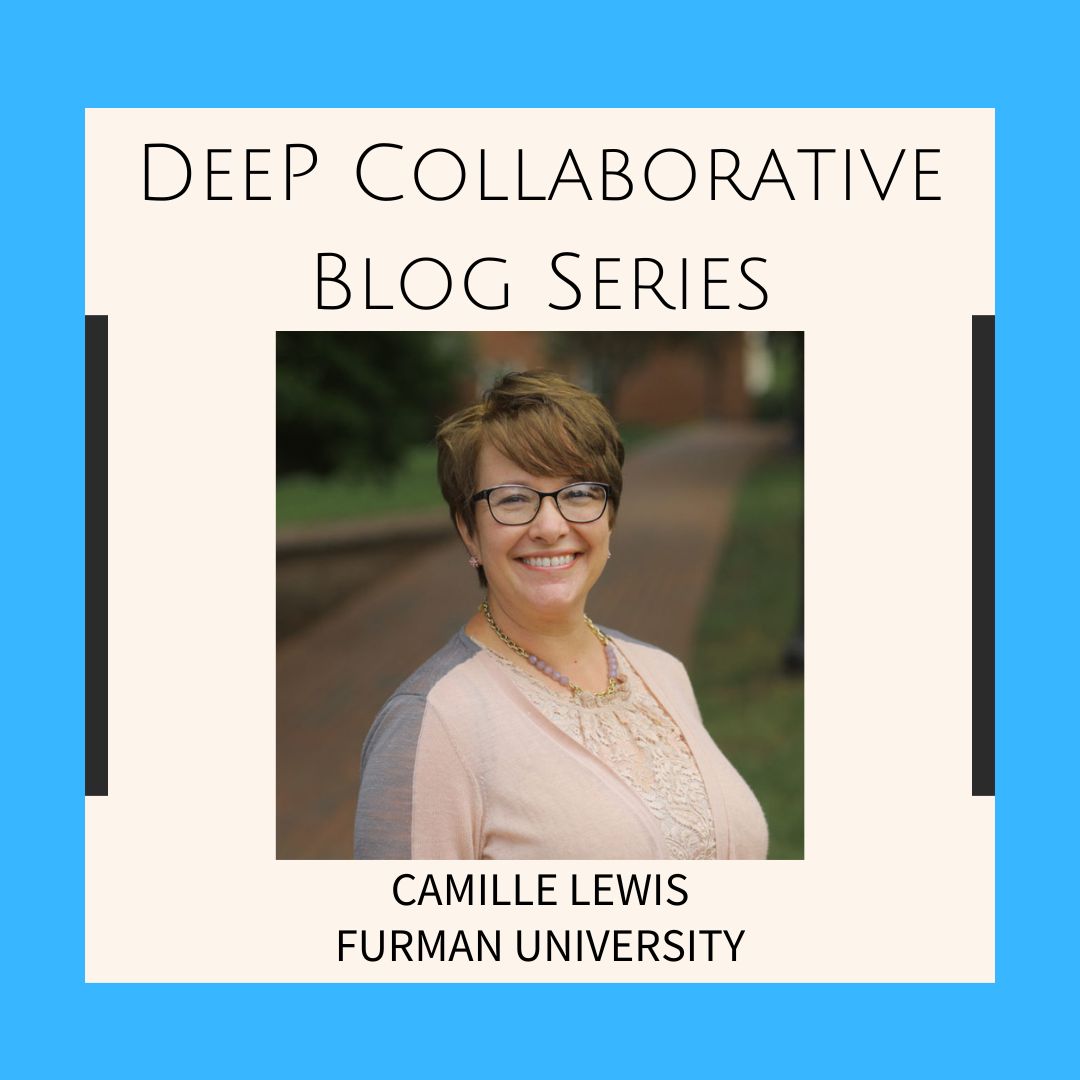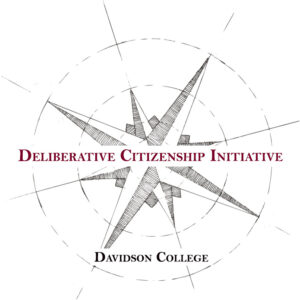
By Camille K. Lewis (DeeP Collaborative Member)
The Deliberative Pedagogy (DeeP) Faculty Collaborative consists of 20 faculty from Davidson College and five other Associated Colleges of the South institutions who are committed to learning and implementing new ways to improve and deepen the quality of their class discussions. These faculty come from a wide array of disciplines and backgrounds. They come together to study and discuss different deliberative pedagogy methods, share their ideas and questions with one another, and work to embed deliberation in their classrooms. In this special blog series, members of the Collaborative describe and reflect on their experiences developing and teaching their deliberation-involved courses.
Isocrates, the first settled teacher of rhetoric, found the dead-end of eristic speech (or argument-for-argument’s sake) to be unethical. For him, phronêsis or “practical wisdom” was the goal of a rhetorical education. As my professor used to say, “We need to get out of the ivory tower. We need to take it to the streets!”
Toward that end for the Spring 2023 semester, I revamped Furman University’s Communication Studies capstone course COM 460 Communication Ethics to give our students that kind of high impact experience in phronêsis. Over the semester, the students heard subject-matter experts present the problems of prison reform, anti-Critical-Race-Theory legislation, decolonizing the archive, medical care for BIPOC women, the societal barriers limiting public art, and refugee resettlement legislation. This is a broad variety of problems from across the university—public health, libraries, education, politics, and art.
Students were required to listen, research, assess, create a solution, and then present their solution a week later. The curriculum design compels them to engage across disciplinary and interpersonal differences so that they can find new ways of thinking and responding to these real-world problems. At the end of this course, students should be able to:
- Define the boundaries of real-world problems with empathy and through active listening.
- Analyze those problems by conducting research in order to document its causes and effects.
- Establish criteria integrating trade-offs and tensions.
- Synthesize and reflect on the causes, effects, and criteria by imagining and choosing solutions which are ethical, workable, and creative.
- Collaborate productively with peers in order to come to shared decisions for the sake of the common good.
- Build substantive relationships with peers, experts and the community.
- Present eloquent and effective public messages that address the problems and its solutions using complex reasoning.
- Integrate and reflect on frequent feedback (both formal and informal) into future performance.
But this kind of interdisciplinary conversation can get unwieldly. To foreground good deliberative practice, I have adapted the Deliberative Pedagogy Learning Outcomes rubric created by Sara A. Mehltretter Drury, Leila R. Brammer, and Joni Doherty to the outcomes of COM 460.[1] Their rubric was more generic, and I needed the assessment to feature my class’s specific outcomes taken from the steps in John Dewey’s Reflective-Thinking Sequence. I used this adapted rubric for every class discussion group—with at least one student consistently assessing the group dynamic along with me.
To familiarize the students with the rubric, I had the students arrive on the first day having read Drury’s chapter, “Cultivating Dialogue and Deliberation through Speech, Silence, and Synthesis.” After discussion, I wanted them to test their active listening by playing a RadioLab podcast, “Dixie Disappearance,” from Dolly Parton’s America. I brought quiet puzzles, coloring books, and other stim toys to occupy their fingers while they listen. After we discussed that active listening strategy, I divided them up randomly into three groups for them to follow the reflective-thinking process. During their discussion, I assessed their discussion practices using the deliberative rubric. This rubric became, as Drury et al state, a “robust tool for instruction, learning, and assessment” in order to prepare my students to resist siloing their education in the ivory tower and “take it to the streets.”
[1] Sara A. Mehltretter Drury, Leila R. Brammer, and Joni Doherty, “Assessment through a Deliberative Pedagogy: Learning Outcomes Rubric,” in Maxine S. Thomas, Idit Manosevitch, Nicholas V. Longo, and Timothy J. Shaffer, Deliberative Pedagogy: Teaching and Learning for Democratic Engagement, (East Lansing: Michigan State University Press, 2017), muse.jhu.edu/book/52064.
